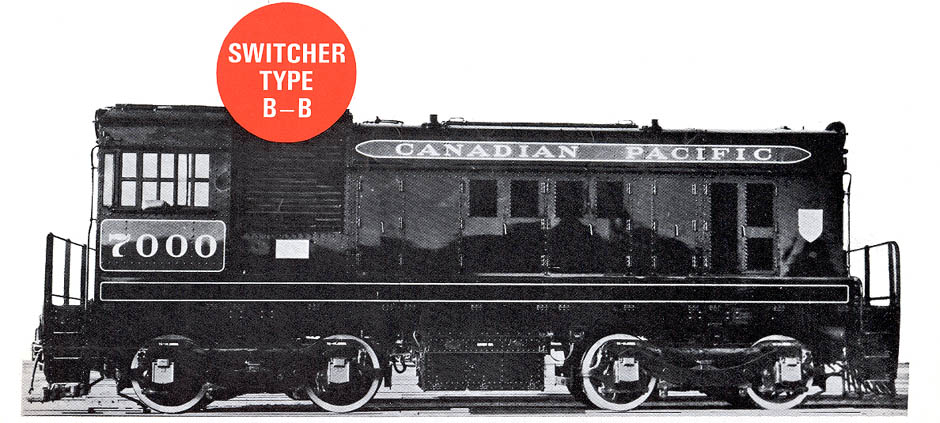 |
|
Collectors' Item 9 by Omer Lavallee Though the complete conversion of rail motive power on Canadian Pacific lines to diesel operation came about only six years ago, almost three decades have passed since the Company first became involved in this form of motive power, which was destined to revolutionize the railway industry. The first practical application of this principle to North American railway use came about in the 1920's, when a number of companies had switching locomotives constructed. A Up until the late thirties, however, diesel motive power was considered to have only limited |
application to railway use; the
improvement in design and hence, reliability, of this form of propulsion, gradually earned
its acceptance and by 1940, many major United States railroads had begun to accumulate
fleets of Canadian Pacific purchased its first It served CPR for five years, and was sold to an industrial plant in 1943, where it continued in service for a further twenty years before being withdrawn and preserved for historical reasons. |
|